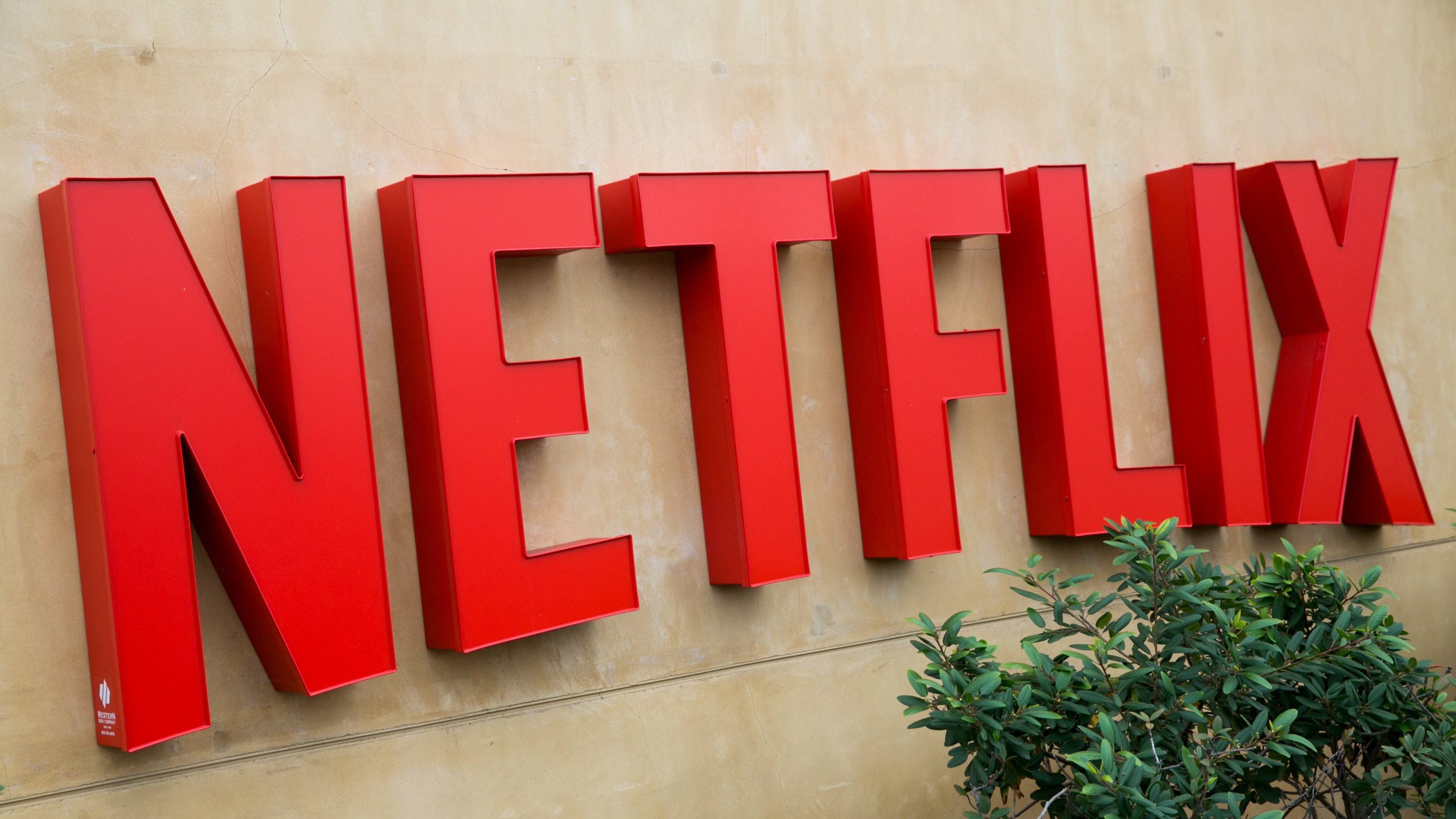
Key Morningstar Metrics for Netflix
- Fair Value Estimate: $700
- Morningstar Rating: 2 stars
- Morningstar Economic Moat Rating: Narrow
- Morningstar Uncertainty Rating: High
What We Thought of Netflix Earnings
Netflix NFLX posted record quarterly and annual net member additions, with 19 million in the fourth quarter and 41 million for the full year. Growth in sales (15% year over year) and operating profit (52%) maintained their recent rapid pace. The firm also announced price increases.
Netflix Stock vs. Morningstar Fair Value Estimate
Source: Morningstar Direct. Latest price as of 5:30 AM ET.
Why it matters: The fourth-quarter member surge, combined with price increases in the US, Canada, Portugal, and Argentina, extends the runway for Netflix to maintain midteens sales growth through 2025.
We still think penetration opportunities in the US and Canada, and Europe, the Middle East, and Africa—the two highest-priced regions—are modest. Price increases and advertising revenue should be the bigger growth drivers, which should moderate.
The bottom line: We’re raising our fair value estimate to $700 from $550, based on higher sales projections over the next five years and slightly wider margin expansion.
We assign the firm a narrow moat and think it is leaps and bounds ahead of competitors, but with the stock trading at 40 times our 2025 earnings projection and growth decelerating, we think shares are overvalued. Our fair value estimate implies a 2025 earnings multiple of 30.
Key stats: Profitability remains impressive, but gains are slowing. Operating margin was 22% in the fourth quarter and 27% for the full year, both up about six percentage points. 2024 free cash flow was $7 billion, the same as 2023.
We expect Netflix to gain operating leverage on many of its costs, but the need for continually more content spending and marketing and production for major events will limit the magnitude.
2025 guidance is for a 29% margin, $8 billion free cash flow, and about $18 billion in 2025 content spending, up from $16 billion. At that level, we think free cash flow can reach $10 billion.
The fourth-quarter member additions were broad-based, with a mind-blowing 4.8 million in the US and Canada, 5 million in EMEA, 4.1 million in Latin America, and 4.9 million in Asia Pacific. The firm now has 90 million members in the US and Canada and over 100 million in EMEA. While management downplayed the role that live events had in driving the members, we question that assessment. Recent live events have included the Mike Tyson-Jake Paul fight, NFL Christmas games, and the initial WWE Raw broadcasts, and they all have seemingly been very successful in terms of viewership.
Management sounds very enthusiastic about reaching further into live events but maintains that a regular slate of regular-season major sports programming is not appealing at prevailing rights costs. We think this is wise. We generally think it’s difficult to create value with regular seasons of major sports, and we don’t think Netflix needs a regular slate of sports to attract subscribers. The major events it does have should help further its ability to drive advertising revenue and may make its subscriber base stickier, but a heavier entrance into sports could cost billions annually for the rights.
Netflix Needs to Generate More Advertising Revenue
Netflix still doesn’t generate meaningful advertising revenue, but is making progress. Management said it has achieved enough scale with its ad-supported membership base to appeal to advertisers, and it is rolling out its own ad-selling platform in all its advertising markets in 2025. While the firm does not yet disclose specific amounts, it said advertising revenue doubled in 2024 and should double again in 2025. Once again, ad-supported subscriptions made up more than half of member additions in the fourth quarter in the 12 countries with ad-supported plans, and the ad-supported member base grew 30% quarter over quarter. However, given the growing share of ad-supported plans in the total member base and their far lower subscription prices, we think generating meaningful advertising revenue is imperative to keep sales growth up and average revenue per member growing. After today’s price increases, ad-supported plans will be $7.99 in the US, up $1, while the standard plan is rising from $15.49 to $17.99 and the premium plan is rising $2 to $24.99.While growth will likely slow in 2025, we had expected a bigger slowdown, as we thought the firm had passed its biggest new member opportunity brought on by the crackdown on password sharing.
The author or authors do not own shares in any securities mentioned in this article. Find out about Morningstar's editorial policies.
























